Building of the Day: The Meadowport Arch in Prospect Park
This week, in anticipation of summer, we are revisiting articles about the greatest masterpiece in Brooklyn: Prospect Park. Brooklyn, one building at a time. Name: Meadowport Arch Address: Prospect Park Cross Streets: Roughly between Union and Carroll streets Neighborhood: Closest to Park Slope Year Built: 1868-1870 Architectural Style: Victorian Orientalist Architect: Calvert Vaux with Frederick Olmsted Other…
This week, in anticipation of summer, we are revisiting articles about the greatest masterpiece in Brooklyn: Prospect Park.
Brooklyn, one building at a time.
Name: Meadowport Arch
Address: Prospect Park
Cross Streets: Roughly between Union and Carroll streets
Neighborhood: Closest to Park Slope
Year Built: 1868-1870
Architectural Style: Victorian Orientalist
Architect: Calvert Vaux with Frederick Olmsted
Other Buildings by Architect: Olmsted and Vaux designed all of the picturesque arches and bridges within the park
Landmarked: Yes (1975), also National Register of Historic Places
The story: All of the arches in Prospect Park are great for different reasons, but nothing beats the sensory experience of coming out of the Meadowport Arch and seeing the Long Meadow stretching into the distance. Only the Endale Arch, a close second, compares in this regard. For both, as Francis Morrone says in his Architectural Guidebook to Brooklyn, “WHAM!”
Calvert Vaux and Frederick Law Olmsted were able to create this powerful experience through just the use of a tunnel and double entrance, artfully placed in front of a huge meadow. That, in a nutshell, is the mark of genius.
While the experience of walking through the tunnel is certainly quite something, especially for us greenery-starved New Yorkers; the arch itself ain’t bad either. It’s actually quite complex.
Both the Meadowport Arch and the Endale, originally the “Enterdale,” Arch are built on swampy land, so to prevent them from sinking or shifting, Vaux floated both on an elaborate caisson system, similar to that used with much larger bridges, like the Brooklyn and Manhattan Bridges.
The arch was begun in 1868 and completed in 1870. It actually predates most of the row houses in Park Slope.
Meadowport Arch via Prospect Park Alliance
The Meadowport Arch is made of limestone, and has a unique double opening onto the Long Meadow, giving the traveler a choice of which way to go in his/her journey through the park. The 100-foot tunnel has benches built on both sides, which still serve as rest stops and shelter from bad weather.
Another unique feature of the tunnel is a cedar sheathed ceiling, with paneling covering the entire surface. A wooden ceiling in an outdoor park structure is really quite extravagant. The paneling was restored in 1988, and the craftsmen were meticulous in re-creating the arches and vaulted ceiling detail in the entrances.
Photo by Suzanne Spellen
It’s really quite wonderful.
In 2011, I was a participant in NY Times Streetscape columnist Christopher Gray’s “Requiem March” for the Prospect Park arches, and my photos here are from that walking tour.
Photo by Suzanne Spellen
It’s fascinating to see the variety of styles and materials in the arches, and also get a greater sense of what Olmsted and Vaux were trying to accomplish in their creation of the park.
The Meadowport Arch, with its vaguely Oriental feel, is an exotic folly expertly inserted into the environment. It looks like it grew there, a large limestone mushroom, along with the plants and trees that shelter it.
It’s not until you enter that you really see the hand of man, in the ceiling and in the welcoming benches. A fantastic view can be found here. These guys knew what they were doing.
Top photo by Wally Gobetz on Flickr
Photo by Suzanne Spellen

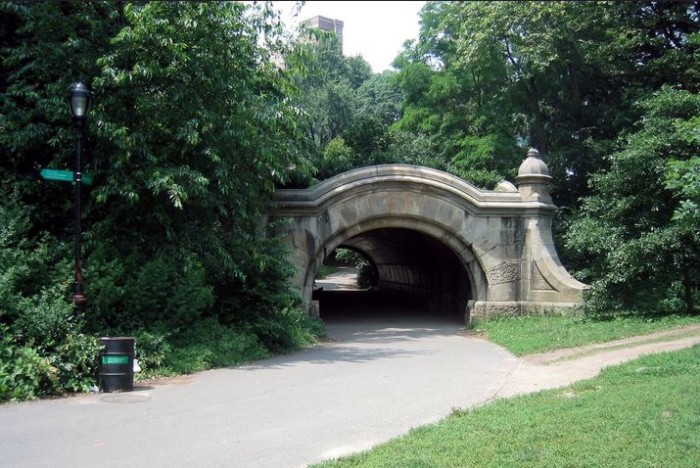
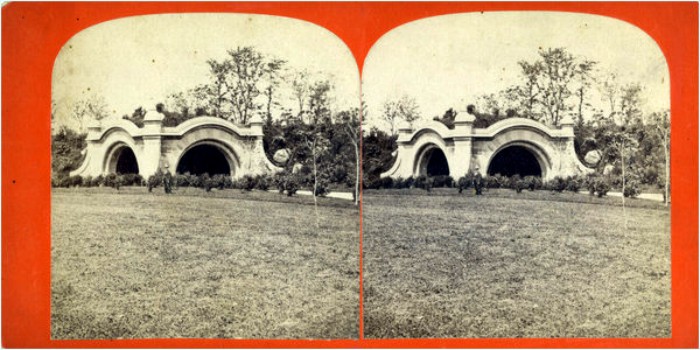

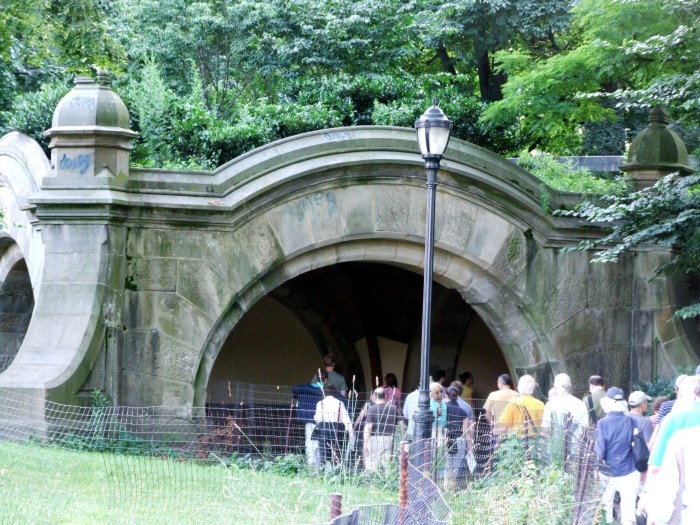
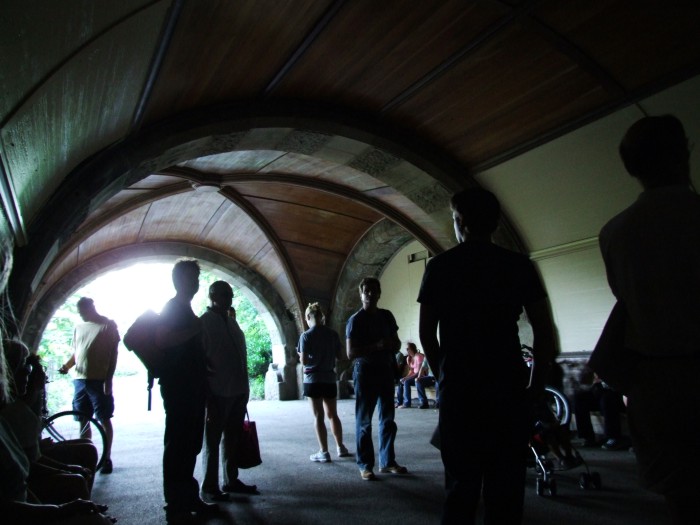
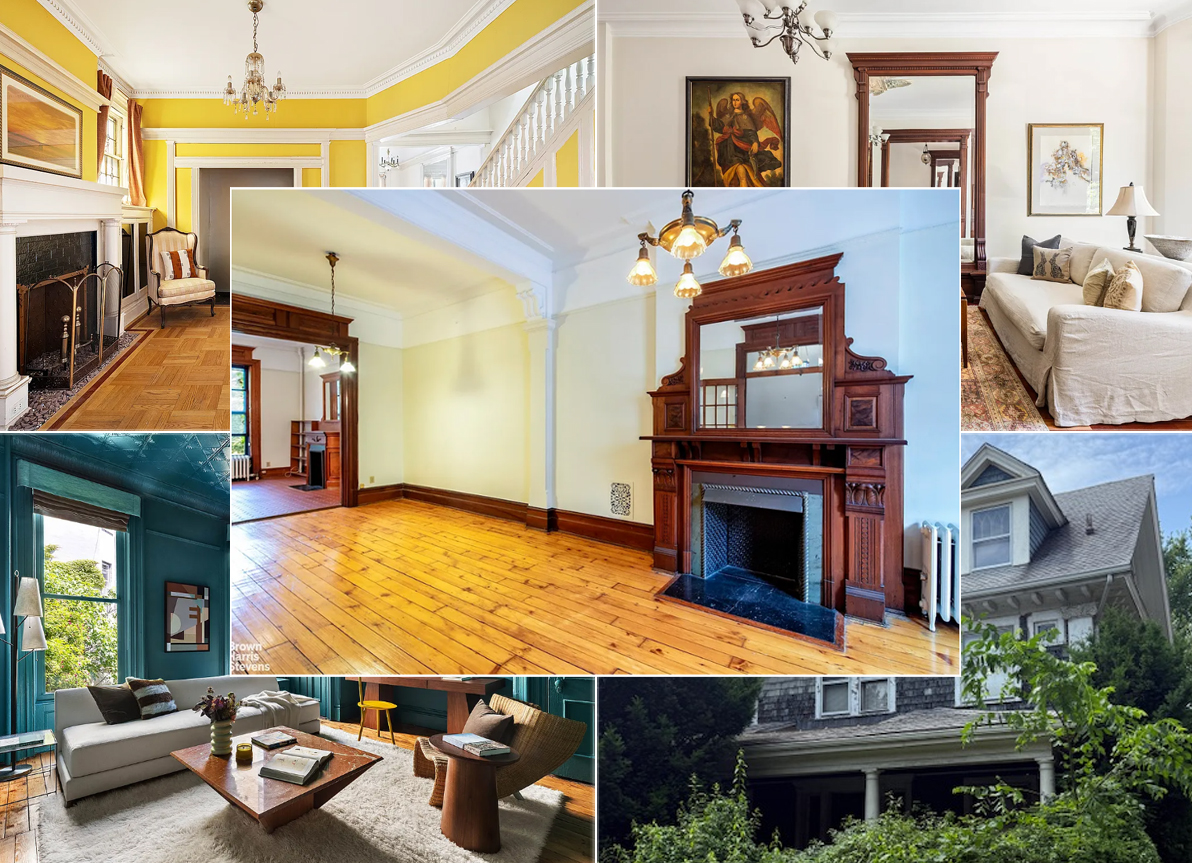



Seems to be a truncated version of the last time it was BOTD
http://www.brownstoner.com/blog/2011/08/building-of-the-day-meadowport-arch/